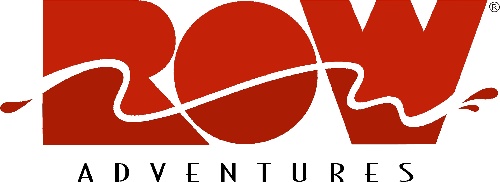Why You Should Consider Signing Up for a Whitewater Rowing Course
There is Always Something New to Learn
Whether you are new to rafting or a seasoned veteran, there is always something you can learn. Especially from the people who make rafting their career. At ROW, we share this philosophy among our guide team as well. We are always learning tips and tricks from each other that can improve our technique, ease the wear on our bodies, or simply try something different to achieve a similar result.
As a participant in one of our rowing clinics, you can be sure to learn something new. Our experienced instructors will meet you wherever you are at, and focus on your learning style to help you grow as a boater throughout the course.
ROW Adventures Whitewater ROWing Course Objectives:
- Vastly improve your rowing skills
- Gain familiarity with a variety of equipment
- Practice rescue skills and discuss rescue theory
- Improve your ability to read water
- Develop your understanding of river etiquette
- Learn a range of important knots and how to use throw bags
- Practice proper boat spacing and order
- Gain the confidence to scout rapids
- Learn how to make informed decisions on the water
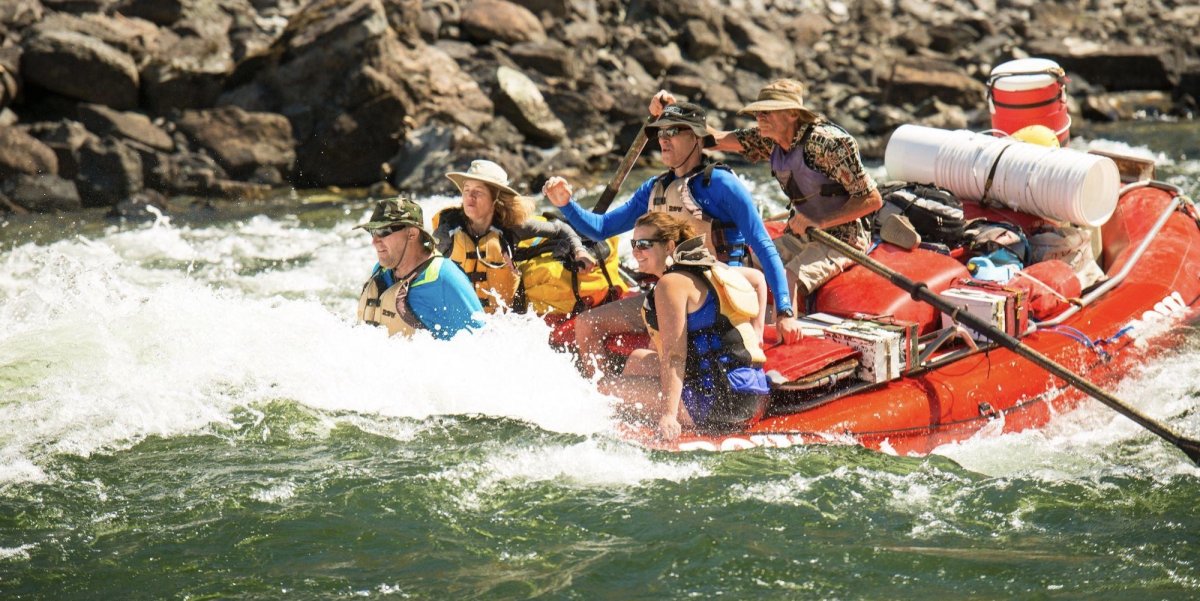
Instruction Catered to Your Experience
Newer rafters may simply need to learn the body mechanics of rowing a boat and basic water reading techniques. We always start with defensive rowing techniques. Pulling is the fundamental skill for a new rower. Not only is it a more powerful stroke, but it also slows everything down and helps give the rower more time to make a decision. We talk about how to combine pulling with aggressive boat angles to ensure your raft is in the correct current, thus avoiding various obstacles in the river.
More experienced rafters can learn proper oar shipping technique to navigate precisely past rocks or the shoreline. We can work on oar feathering. We can talk about feeling currents with your oars and what this will tell you about what the current is doing to your boat. We will practice using waves, rocks, and eddies to turn your boat or help change your boat's momentum.
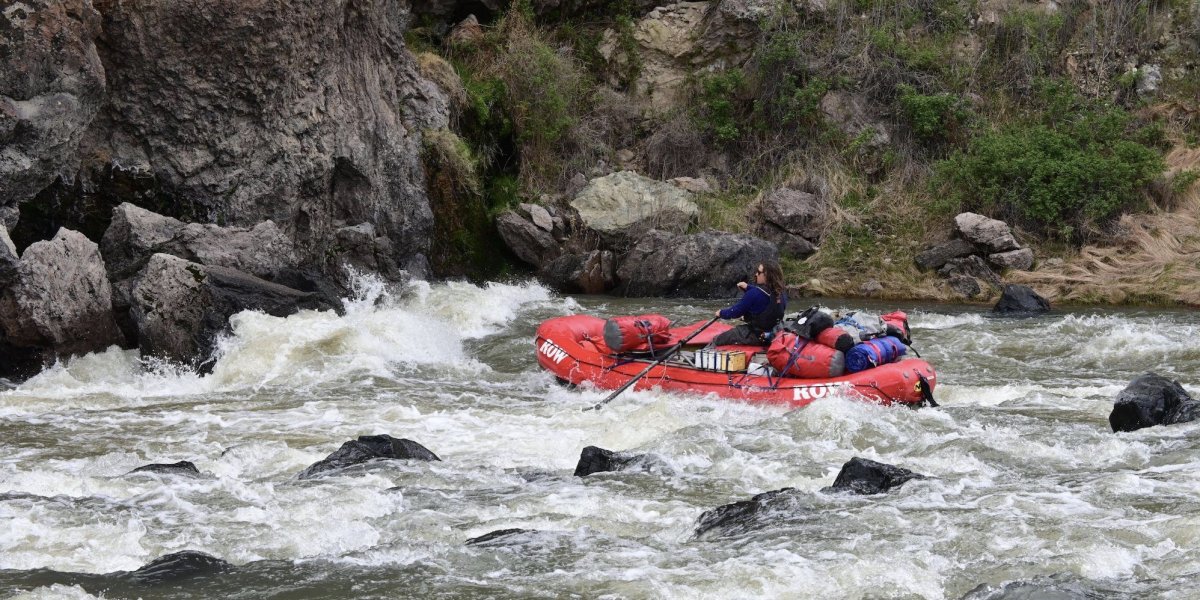
Opportunity to Understand and Break Bad Habits
Many rowers have bad habits. Some of these include pulling or pushing too often or at times when the other stroke would be the more effective maneuver. Another common mistake is inefficient use of the current. On big volume rivers, much of the time spent rowing is navigating through calmer stretches of river full of swirls, boils and eddies. In some ways, navigating these pools can actually be more difficult and frustrating than navigating the rapids. Reading the water becomes difficult as the signs are subtle. We will teach students about following the bubble line, when to use momentum, and when its time to turn your raft backwards and start pulling.
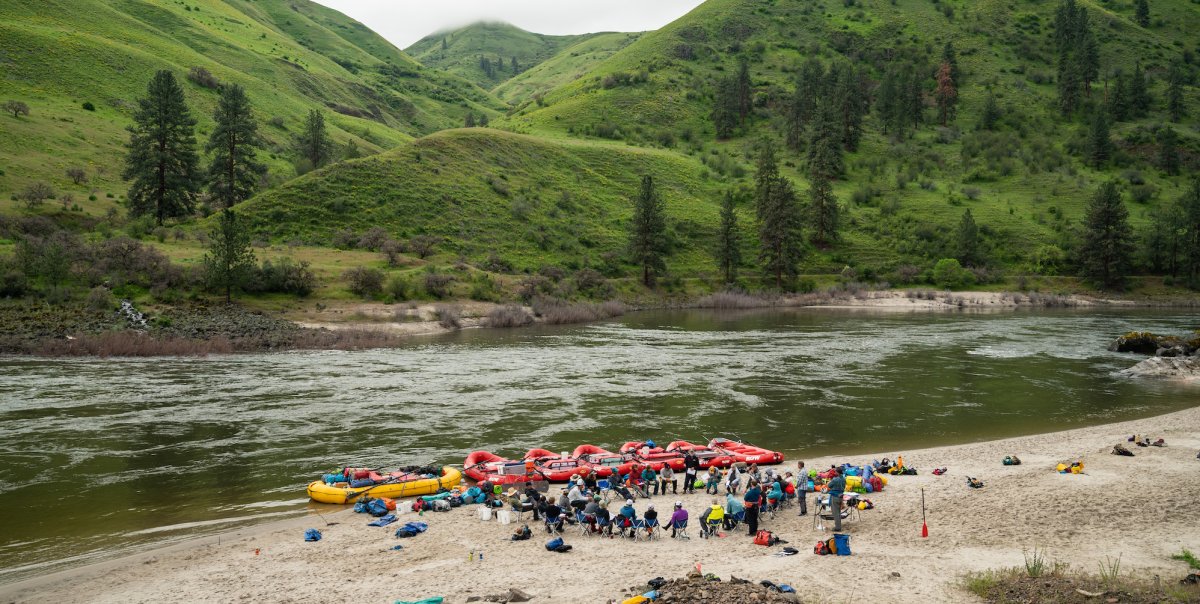
Gear Exploration and Discussion
Everyone loves gear! So fear not, we will spend some time talking about equipment, why and how we use each piece and the safety considerations of the gear decisions you make. PFD’s and Helmets are the most fundamental, but how you rig a boat also can have huge safety implications. And what good is gear if you don’t know how to use it. Part of our instruction will be practice using your personal (or borrowed) equipment. We will swim rapids, flip boats, tie knots and more!
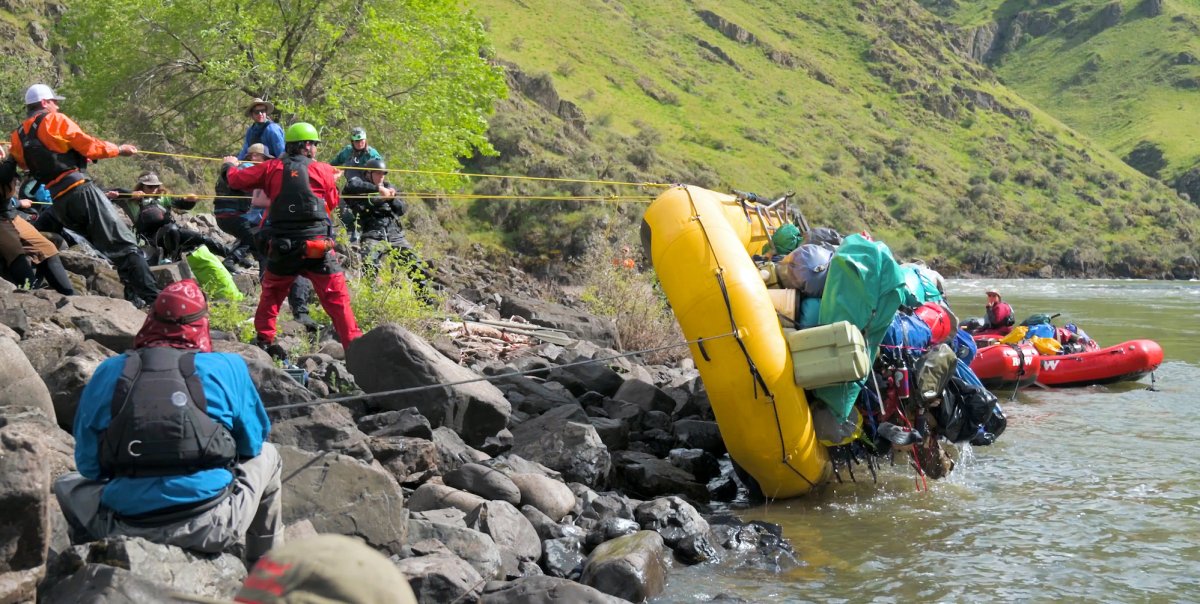
Opportunity to Practice Your New Skills & Play!
Once you have comfort with the whitewater you are navigating, there is a world of fun to be had. In many rapids, you can take alternate lines, you can play with rocks and eddies, or even try to surf your raft. While many of these things can increase the chances of swimming, they are a great way to further improve your skills and prepare you for more difficult whitewater. We will talk about various forms of “play boating” and when this is and isn’t appropriate in a group setting.
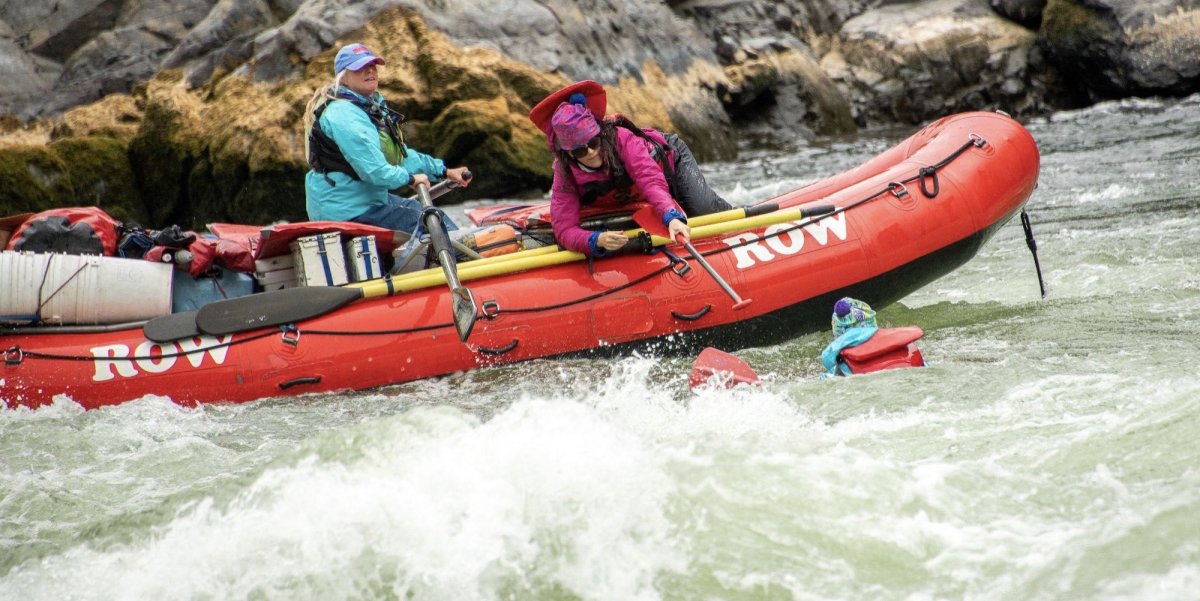
Time On-Water!
The most important thing anyone can do to improve their rowing abilities is simply to spend more time rowing. Our courses are designed to maximize the time each student can row while also ensuring students are only rowing rapids of a difficulty that they are comfortable with, all while getting personalized feedback from our instructors.
